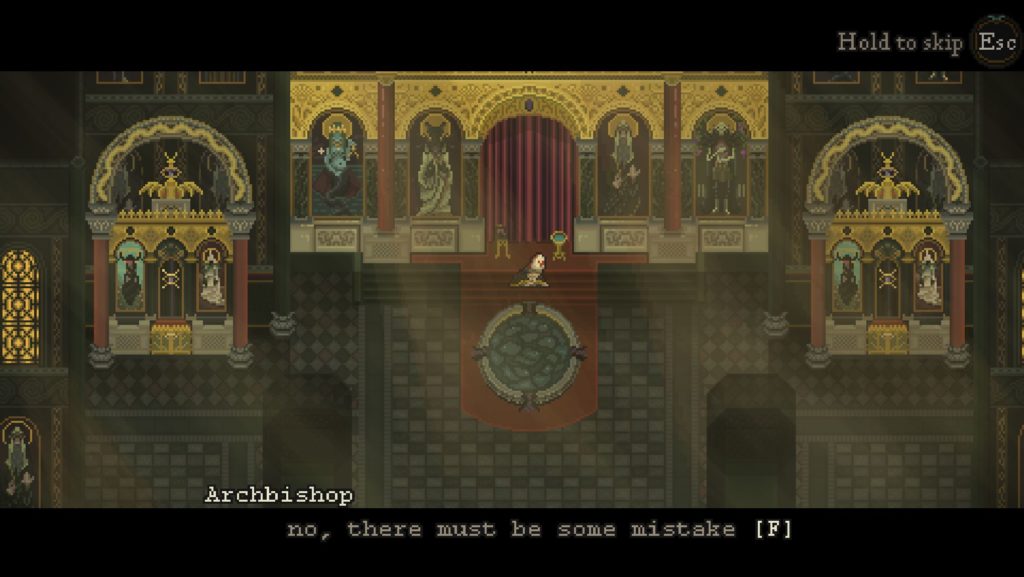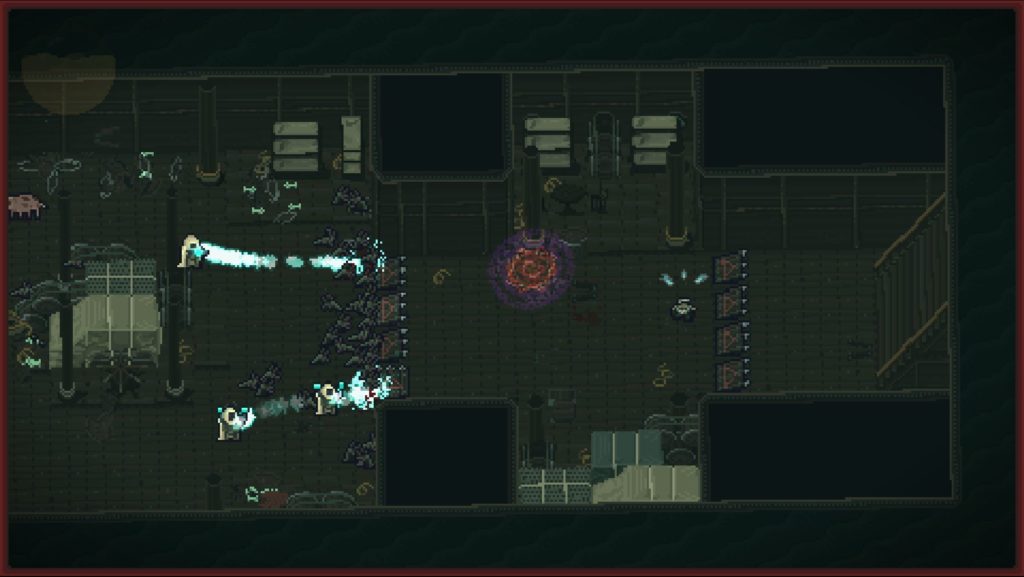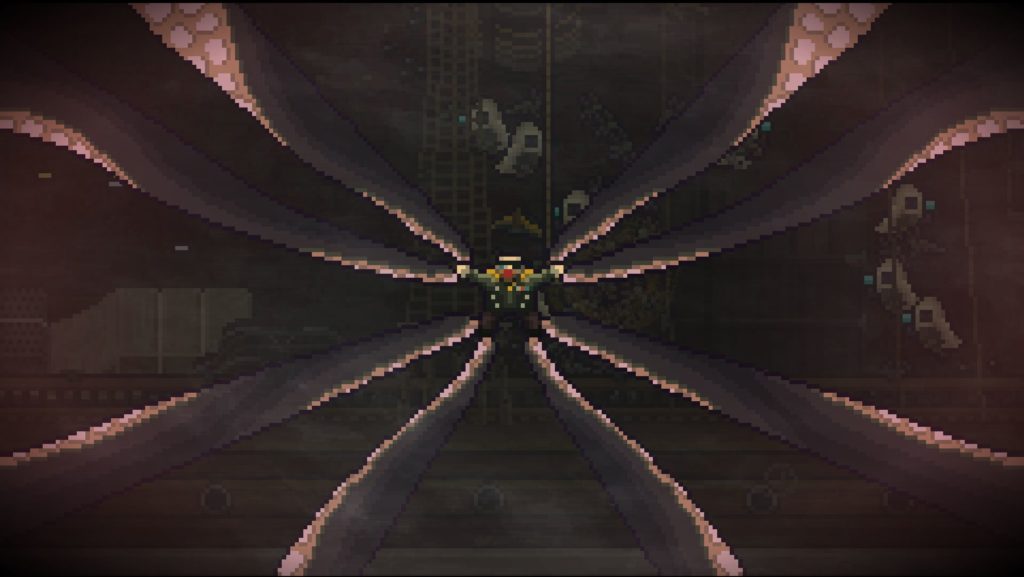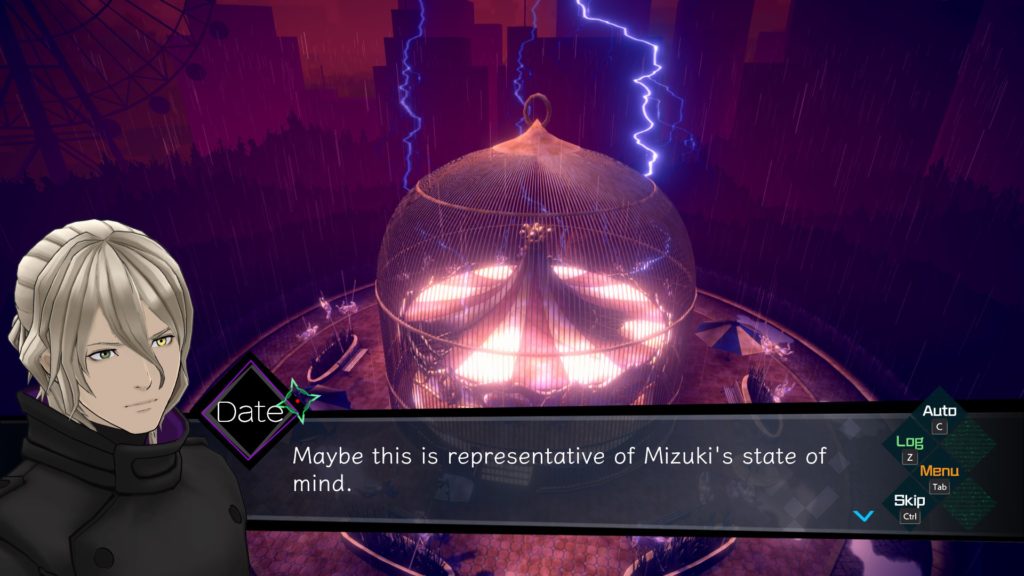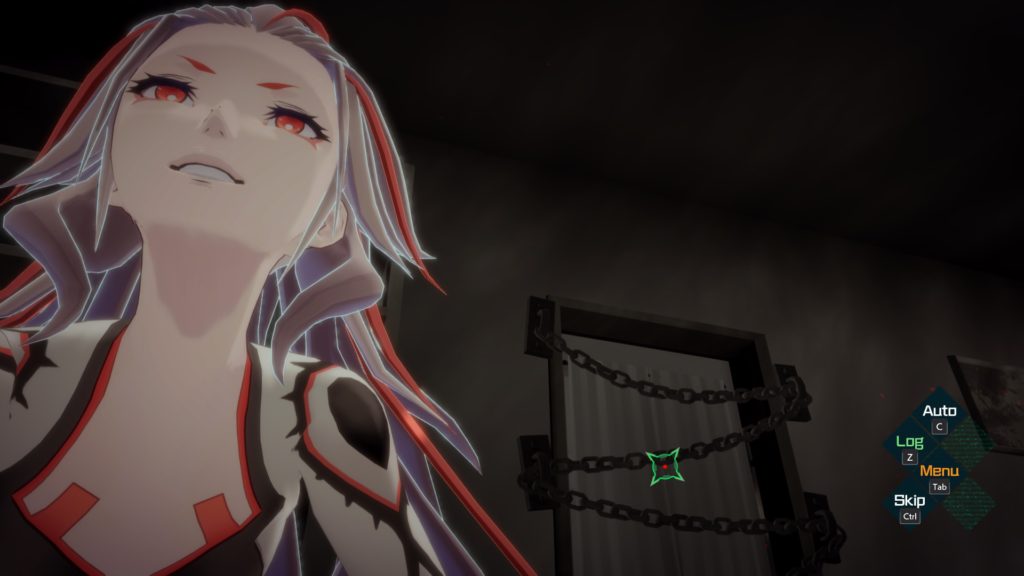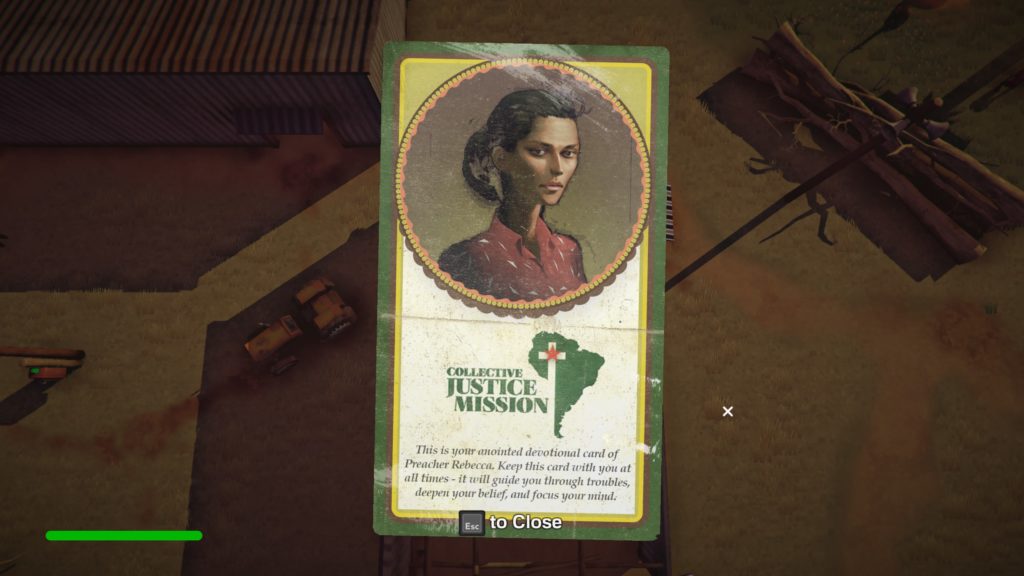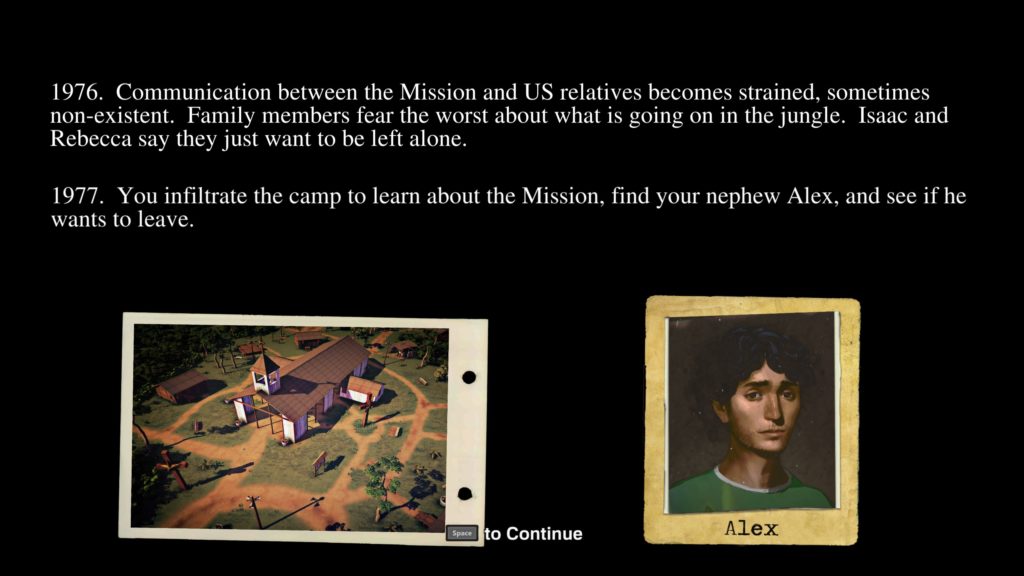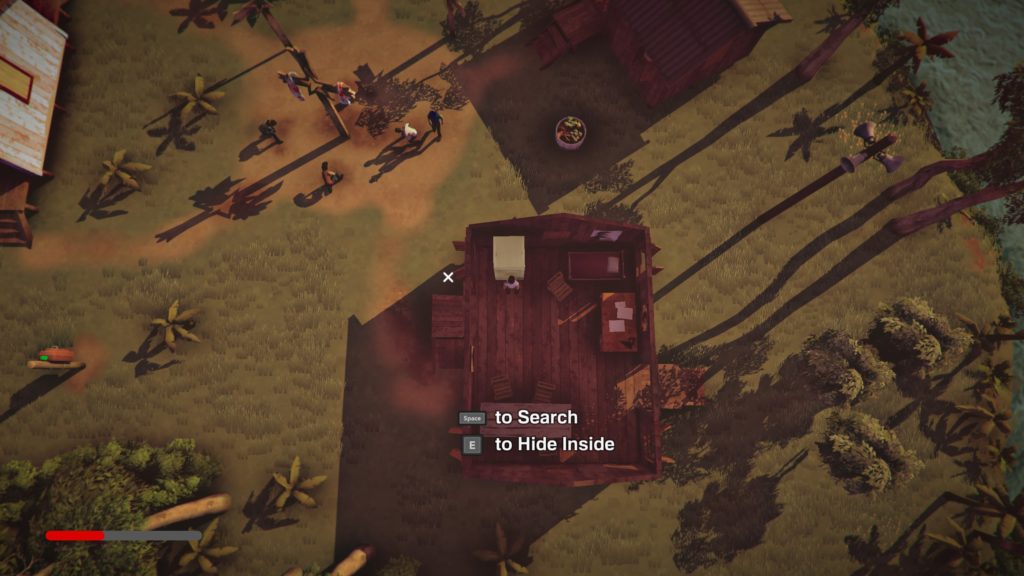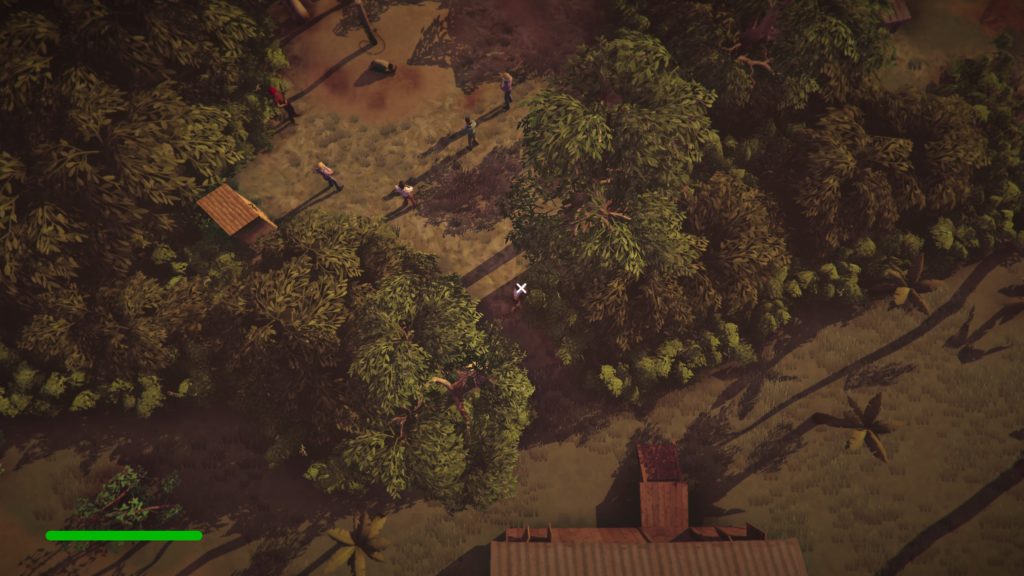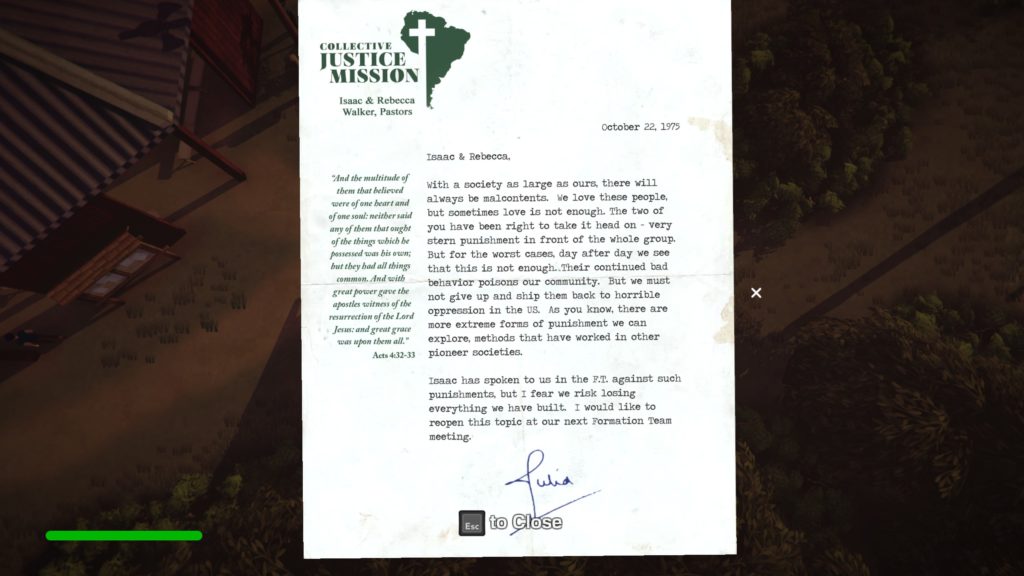The 13th Doll: A 7th Guest Fangame (Review)

Source: Cashmoneys
Price: £23.79
Where To Get It: Steam
Well, I came into The 13th Doll expecting cheese, evil puzzles, and Stauf being sarcastic, and, beyond some odd design choices, that’s… Exactly what I got. Good job, everybody, let’s pack it up and…

…Oh, wait, I need to talk about it, don’t I? Well, The 13th Doll, like the 7th Guest, is a first person puzzle adventure with 3d areas and, occasionally, live action on top. It looks relatively natural for such a thing, which is a somewhat difficult thing to pull off. Now, though, they’re using Unity, and so they’re not limited to awkward, individually raytraced movement frames between locations. You just… Move around, your cursor changes when you can change rooms (A skeletal finger beckons), when you can’t just yet (it wags), when you can do a puzzle (A skull with a pulsating brain), and when you can pick up or otherwise interact with something (Chattering teeth or a comedy mask, depending on what it is.)
The other thing here is that there are, in fact, two protagonists: Tad, the boy from the original game, who escaped the mansion after being stuck there as a time looping ghost. And, since this game is set in the 20s or 30s, starts the game placed in a “hospital for the mentally insane” (If anyone knows what physical insanity is, let me know too, I’m curious.) The other is the new psychiatric doctor, Dr. Richmond, who, as exposure therapy, takes Tad back… To the mansion! Legitimately a nice way to have 26 puzzles (13 apiece) in the game, and their stories both intersect at points… And diverge the rest of the time.

Tad, quite literally haunted by the spectres of his past, seeks to destroy Stauf once and for all by… Well, he’s told the 13th doll is the key, but, considering it tried to grab his ankles in the intro, I’m not entirely sure this is true. Meanwhile, Dr Richmond’s story… Ohh, it burns my ass to see Stauf engaging in historical revisionism. He’s a brilliant man! A genius! His wife was the serial killer, and she was the one who caused the children to die in the first game through a virus she had! BLECH.
In any case, aesthetically, it works alright, overall… The music is pretty good, sometimes covers of the first game’s soundtrack, others new tracks, and they’re all pretty fitting. The acting, on the other hand… That’s more variable. Honestly, I wasn’t expecting shakespearean ham from anyone but Robert Hirschboeck (who both reprises his role as Henry Stauf, and brings his style, panache, and ham to the role once more) but the protagonists are sometimes a little flat in their speech. Visually, well… It’s not a bad looking rendition of the Stauf Mansion, and I like the new touches on some of the old spookings. It also has a relatively clear UX, although there is the oddity that, to save, you have to go to the main menu. Don’t quite know why that decision was made, but I’ve let you know now.

Still, a game like this wouldn’t be complete without the puzzles, and… Ohhh boy. There is colourblind assistance, but it’s a text overlay, which, in the case of some puzzles early on, makes it a sod to see the puzzle itself. And the puzzles are, for the most part, bastard hard. Case in point, on Doctor Richmond’s path, there is… The clock puzzle. Can you split a clock into four parts, so that each endpoint of your segments adds up to the same number? I’ve been racking my brain over this one for a while, suffice to say. Some are new takes on old puzzles, such as the artery puzzle (Now a sliding block puzzle with a twist: The blocks can fall off the edges, never to be regained.) Oh, and the return of the fucking first person maze. Oh yes, that was indeed a memorable moment in 7th Guest. That was the part most of us said “Nope, fuck this!” and missed out on the endings. Get your graph paper out for that one, friends!
Overall, though, it’s by no means a bad game. The story is ham and cheese, but I went in expecting that, and if you do too, you’ll be alright. The puzzles, the mansion… These are the meat of the game, and, while not all the accessibility options work well (if you have problems, let them know.), it’s worth hitting options before you begin to check them. In any case, the puzzles, while fiendish, are mostly well explained (Although the hints mostly seem to be restatements of the puzzle mechanics, sadly), the callbacks are mostly fun, and, overall… Yep, definitely recommended for 7th Guest fans, moderately recommended for puzzle adventure fans who like hard puzzles. Good Stauf!

The Mad Welshman finds himself… Chilling with this game. That was a graaave mistake… (Ohohoho)



